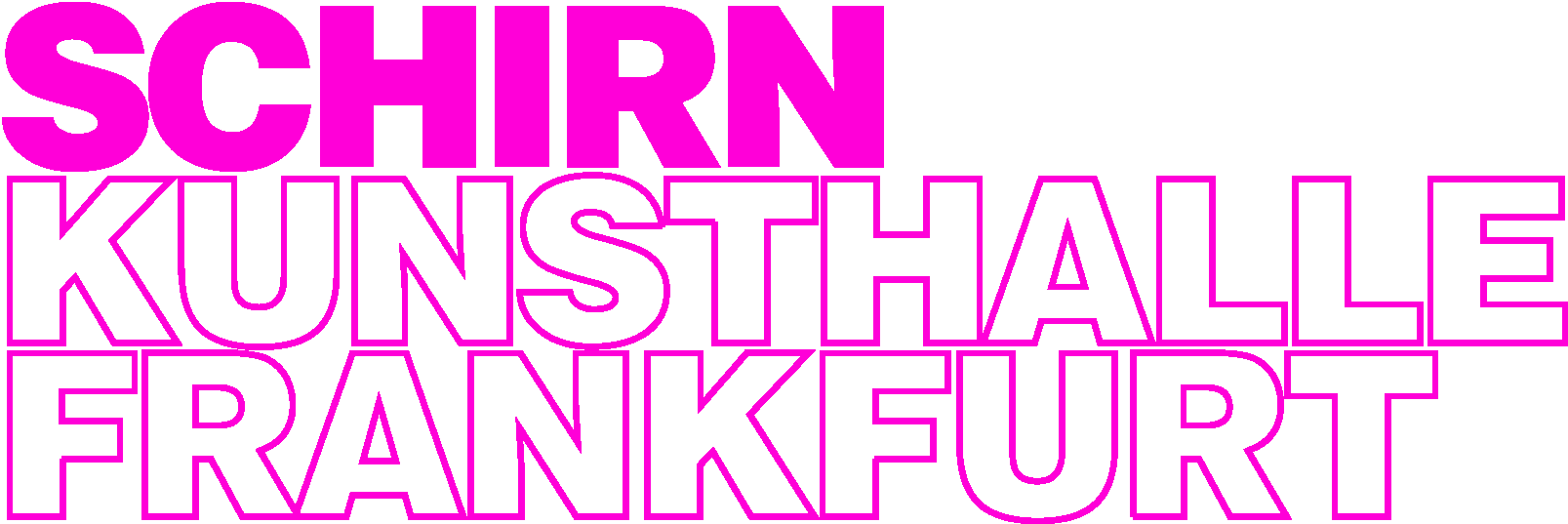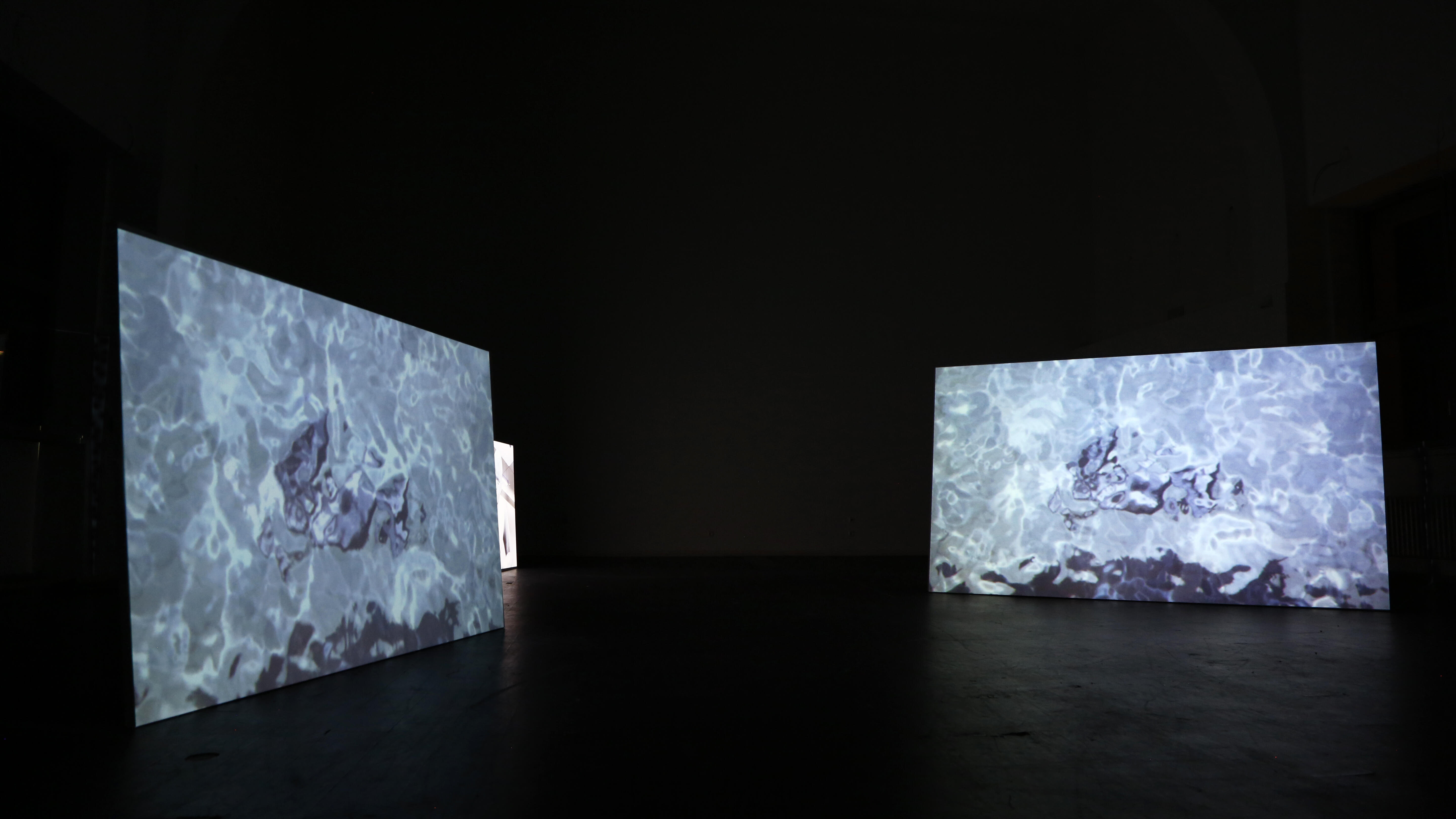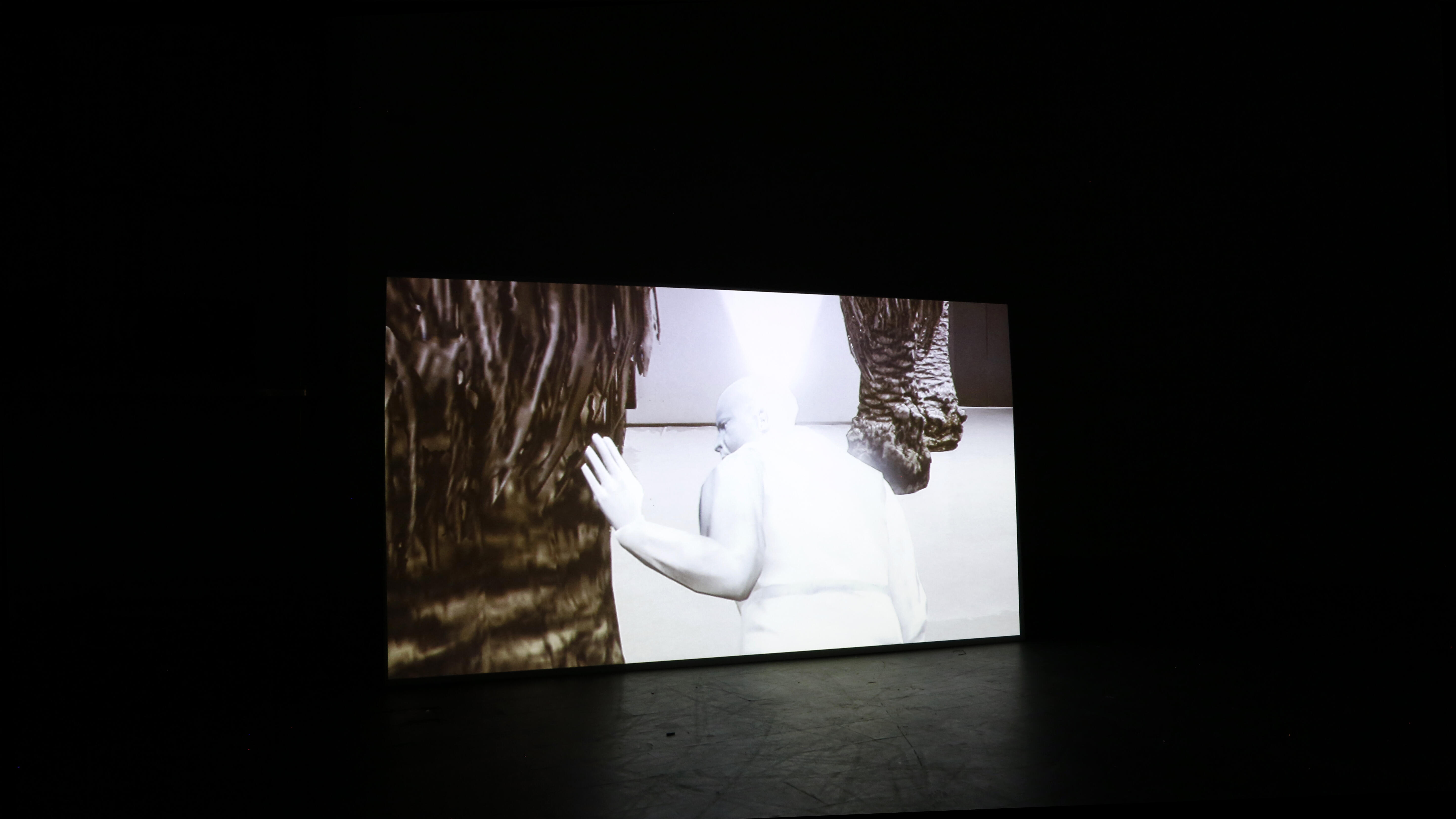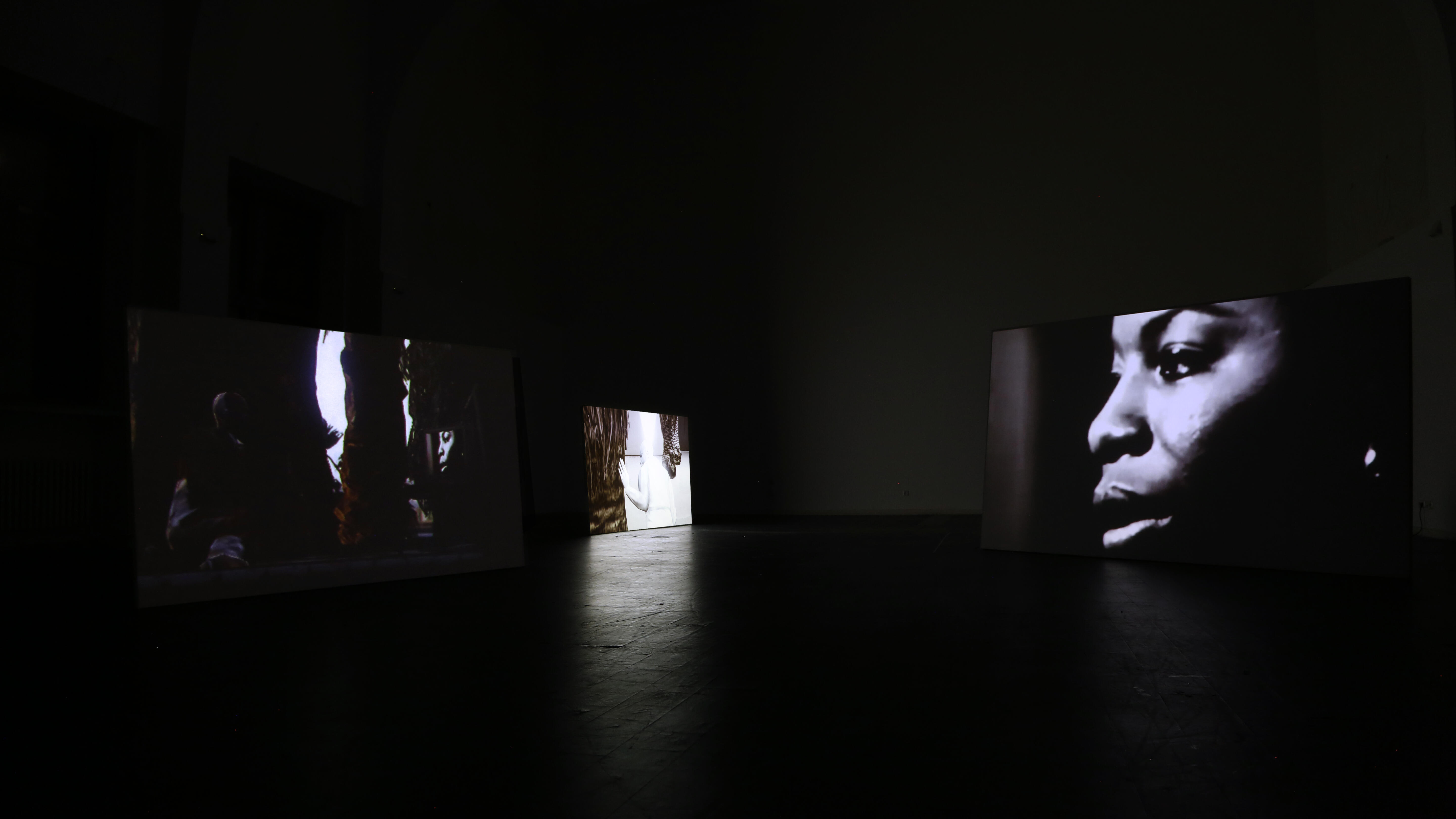Text by Daniel Urban

3-channel video installation // 6:12 loop
Video version 8:00

A tropical landscape reveals itself as the distorted world of a human avatar. In Aleksandar Radan’s film This Water Gives Back No Images, nothing is as it seems—and yet it feels eerily real. William Waring Cuney was just 18 years old—still a student at Lincoln University in Pennsylvania—when he wrote No Images. Two years later, the poem won a prize in the Opportunity Magazine’s “Literary Contest” and would go on to become a classic of the Harlem Renaissance, a social, artistic, and cultural movement of African American artists in the 1920s. In 1966, Nina Simone released a live a cappella recording of the poem on her album Let It All Out, a performance she had originally given in New York two years earlier. In just a few short lines, Cuney had encapsulated the racial—and inherently class-related—struggles that Simone revisited during the height of the Civil Rights Movement: “She does not know her beauty / She thinks her brown body has no glory. If she could dance naked under palm trees / And see her image in the river she would know. […] But dishwater gives back no image.” The live recording of Nina Simone resurfaces in the middle of Aleksandar Radan’s piece—which already references the poem in its title—This Water Gives Back No Images. The six-minute video loop begins with footage of a tropical landscape. While at first the palm-filled scene might resemble washed-out, low-resolution camcorder material, it soon becomes apparent that what we are seeing is in fact of digital origin.

IF SHE COULD DANCE NAKED UNDER PALM TREES / AND SEE HER IMAGE IN THE RIVER SHE WOULD KNOW. […] BUT DISHWATER GIVES BACK NO IMAGE.
And indeed: For This Water Gives Back No Images, Aleksandar Radan modified both landscapes and characters from the well-known video game Grand Theft Auto V—a technique he had already used in previous works. On the audio track, which had just featured cheerful birdsong, digital distortions suddenly set in, seemingly affecting the visuals as well. Inside a darkened building, a pale-looking figure appears—an avatar—first sitting motionless on a couch, then lying on the floor, and finally, once again among palm trees, seated in front of a television screen.

THE AVATAR SUDDENLY FINDS ITSELF IN A FLOODED PALM LANDSCAPE At this point, the live recording of Nina Simone’s Images appears. Her powerful voice echoes strangely through the digital world. Once again, image and sound begin to distort, until the avatar suddenly finds itself in a flooded coastal scene, where only the tops of palm trees remain visible. This Water Gives Back No Images, projected as a time-staggered installation across three screens, plays with the striking contrasts between surface and underlying substance. A phonetic resemblance transforms “dishwater” into This Water in Radan’s work. What appears to be a naturalistic palm landscape is in fact a digital environment—one that is modified at will. Televisions float through the air, water swallows reflections of figures, palm trees grow from seawater—or have they been consumed by massive amounts of water? That Radan’s “digital water” gives back no images isn’t entirely accurate: the reflected image in this digital world only returns what its creator intends to be returned—for chance, or even the laws of physics, play no role here unless deliberately built into the game system. Where Cuney’s No Images uses the mirror motif to point to racist and socio-economic structures of discrimination within society—society itself being the mirror that distorts the image of the individual—the question remains: what can actually be mirrored back to the individual within digital worlds?
Text by Daniel Urban
